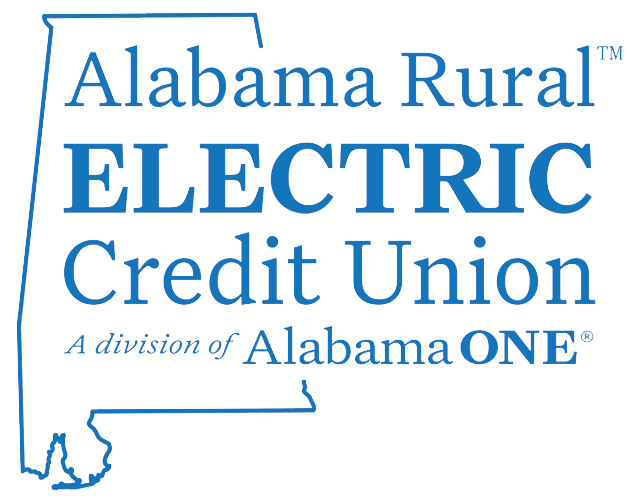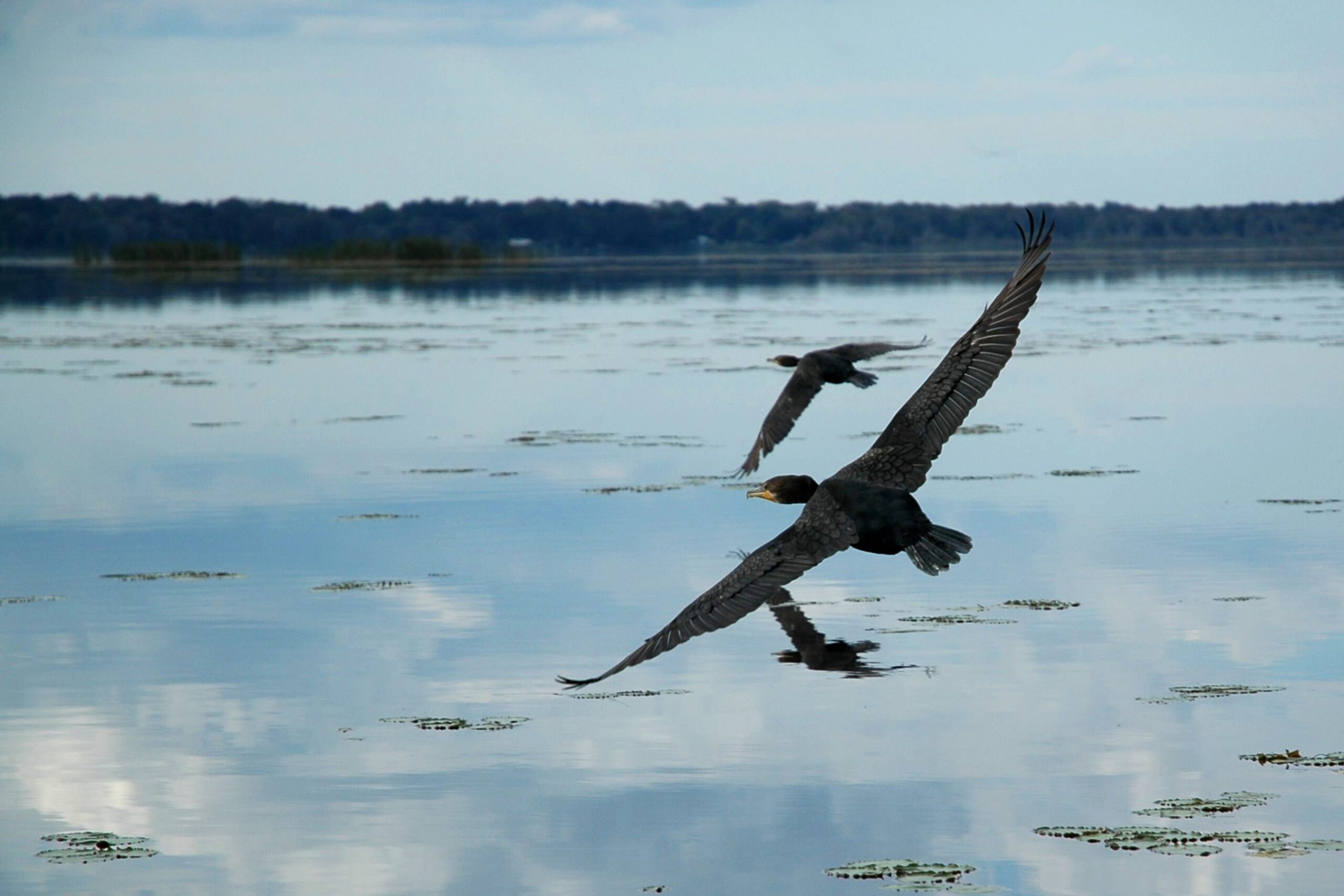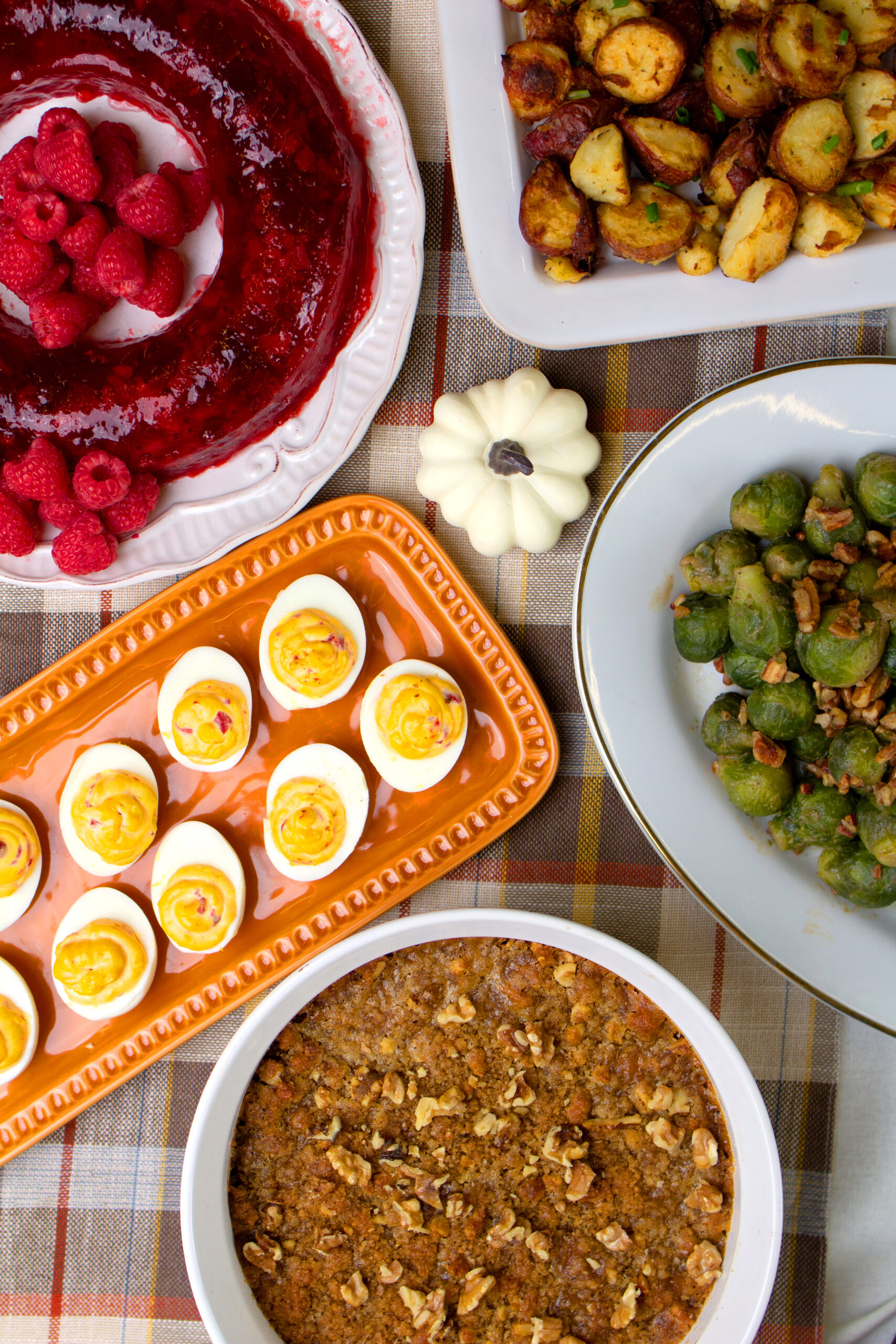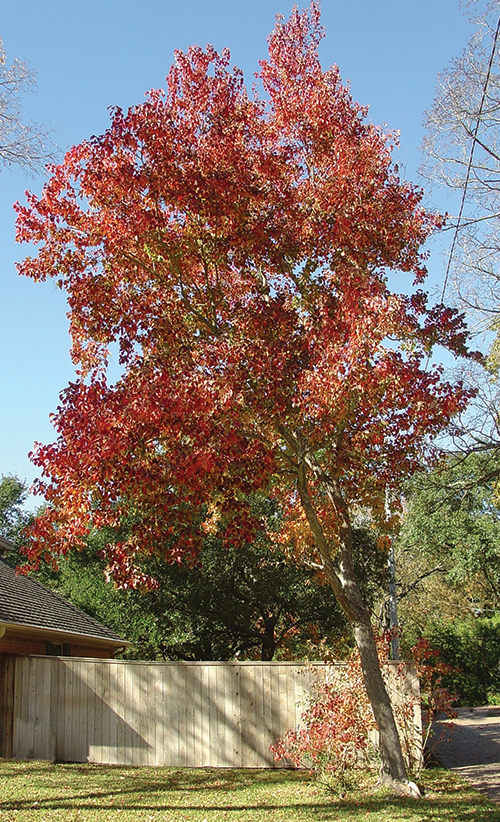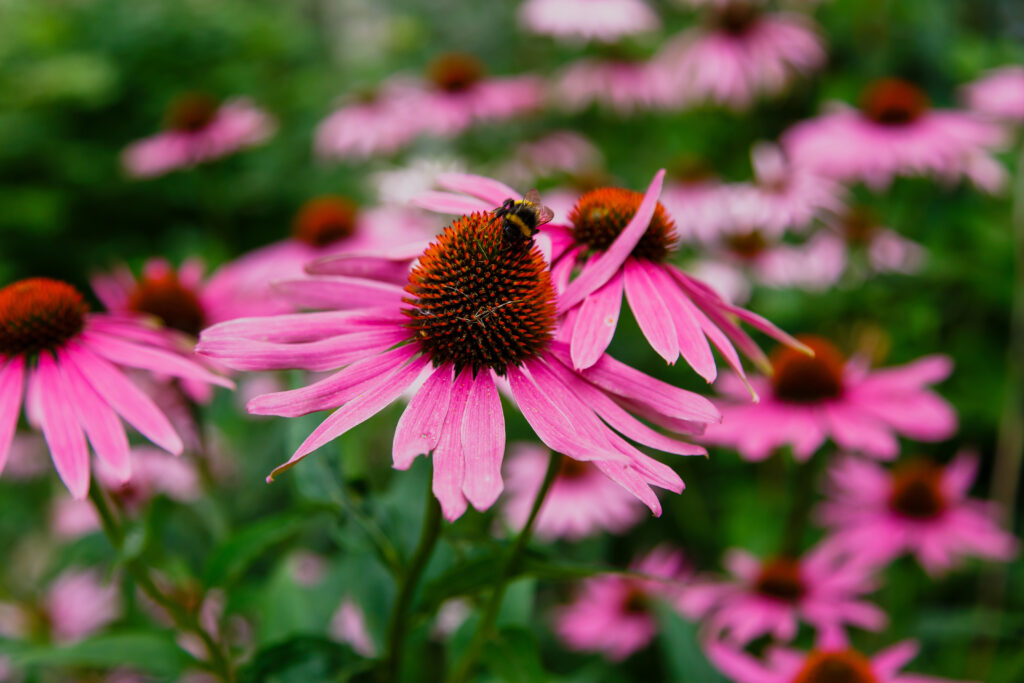
Spring has sprung! I truly love this time of year. Warmer temperatures and lots of sunshine are guiding us all outdoors to enjoy our gardens, landscapes and green spaces!
We aren’t the only ones enjoying this seasonal change. Our insect friends are even more active than we are. Butterflies are fluttering and bees are buzzing! Did you know that these are just two of several species that serve as pollinators in our gardens and landscapes? Beetles, moths, flies, birds and even bats are also instrumental in the success of our cultivated and natural habitats.
Recently, pollinators have received increased attention, and rightfully so as they serve a very important role in the plant kingdom. They are essential to the reproduction of a vast majority of flowering plants and food crops. Plants rely on a plentiful, healthy population of pollinators for fruit set, quality, and size. In fact, more than 30% of the fruits and vegetables that we consume depend on pollinators. Just as plants need pollinators for survival, pollinators are extremely dependent on plants. Throughout the year, these industrious creatures rely on a wide variety of flowers to provide the nectar and pollen that serve as their food source.
What you do in your own backyard can greatly affect pollinator activity and health, not only in your garden, but in your community as well. Adequate food, water, and shelter are essential to increasing pollinator numbers.
When selecting and planting food sources, diversity of plant material, bloom season and plant groupings are crucial to success. While there are many lists of numerous pollinator plants, be sure to select those that are adapted to our climate. Fall is the recommended time to add trees and shrubs to your landscape, but some of our favorite pollinator-friendly perennials may be most available this time of year. What a great excuse to visit your local garden center and find the plants perfect for you and your pollinators!
It’s also necessary to provide a clean, reliable water source, whether natural like a pond or stream, or man-made such as a bird bath or even rocks that serve as puddling areas. Pollinators need sources of water for many purposes, including drinking and reproduction.
Some type of shelter is another key component to increasing your pollinator population. Pollinators need sites for roosting and nesting as well as protection from severe weather and predators.
Minimizing pesticide use is an extremely important (and often overlooked) step in the support of pollinators. Bees and other pollinators are easily injured by many insecticides so it is important to use them only when absolutely necessary. If insecticides are required, be sure to choose one that is the least toxic to bees. Also, consider the formulation of the insecticide. Dust formulations are particularly dangerous to bees because they stick to their bodies, and in the case of honeybees, are transported back to the hive. Application timing of the insecticide is also crucial. If you must apply an insecticide in an area where bees are active, do so only late in the evening or early in the morning when bees are not likely to be active.
I hope these tips are helpful! With a little research and proper planning and planting, you can increase the number of pollinators calling your area of the world home.
Bethany O’Rear, a horticulturist for more than 20 years, is a regional agent with the Alabama Cooperative Extension System, specializing in commercial and home horticulture.
